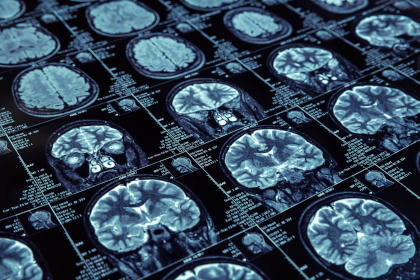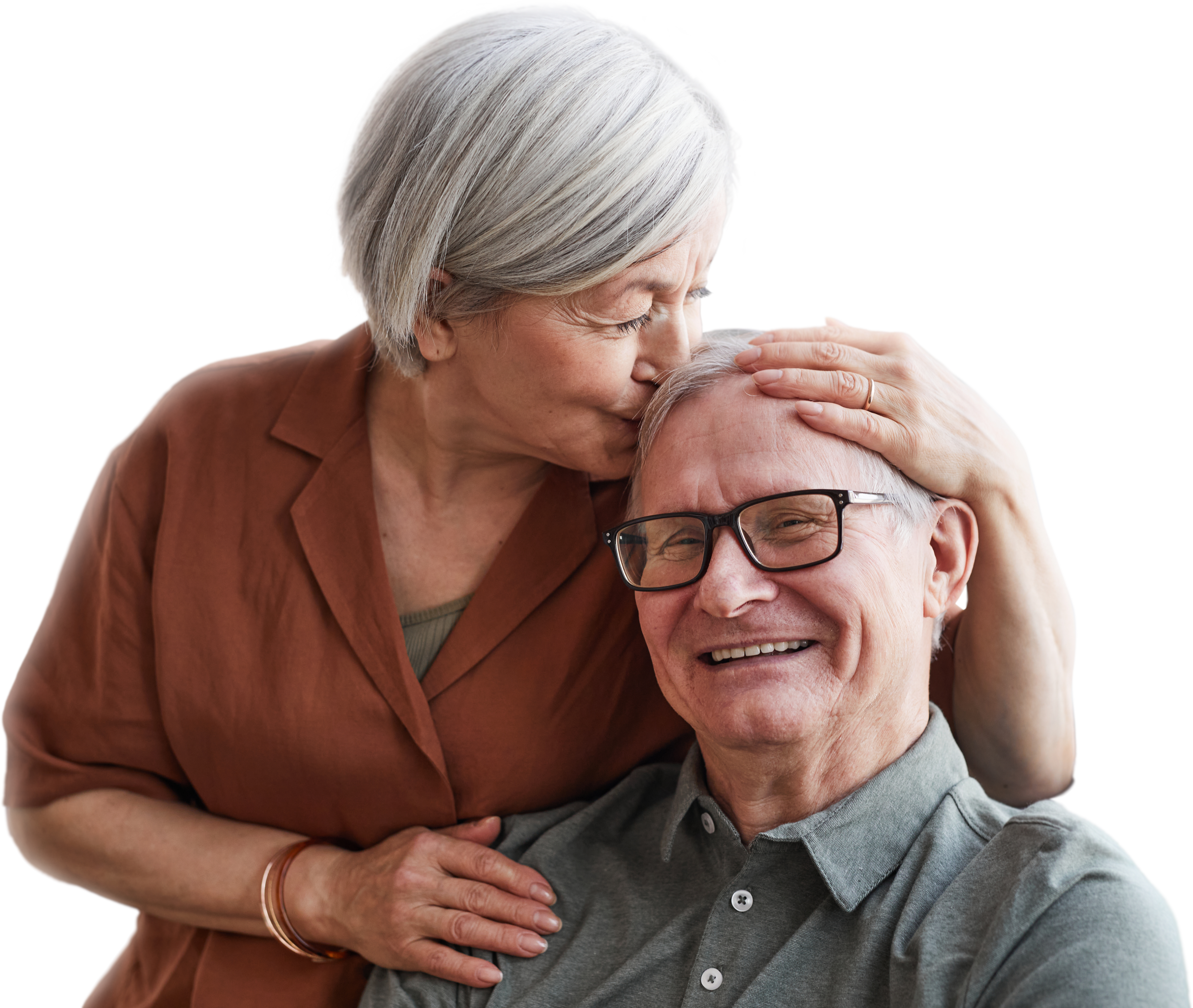Parkinson’s disease (PD) is a common nerve-related brain disorder that worsens gradually and affects around 1 to 2 people per 1,000 individuals at any time. Around 90,000 people in America are diagnosed with PD every year.
Get Your Pills Pre-sorted and Delivered at No Extra Cost
Parkinson’s disease affects the nervous system, causing certain parts of the brain that control the movement of the body to weaken or get damaged gradually. It can lead to balance problems, slow movement, and tremors.
While there is no permanent cure for PD, various treatments can help slow down the progression of the disease or reduce its symptoms. In this article, we will discuss Parkinson’s disease in detail, including its causes, symptoms, and treatment.
What Is Parkinson’s Disease?
Parkinson’s disease (PD) is a neurodegenerative disorder that mainly affects the neurons (brain cells) at the base of the brain, known as substantia nigra, which is responsible for producing a neurotransmitter called dopamine.
Dopamine is a neurotransmitter or chemical that transmits signals from the brain to the body to control the person’s movement, memory, emotions, and behavior.
As a result of the loss of nerve cells in the substantia nigra, the production of dopamine is altered, potentially affecting the patient’s body movements and mood.
What Are the Main Causes of Parkinson’s Disease?
The main cause of Parkinson’s disease is a combination of genetic and environmental factors.
Environmental factors include exposure to certain chemicals, toxins (Agent Orange), pesticides, or drugs. Head injuries, smoking, and increased age can also trigger the development of Parkinson’s disease.
Genetic or environmental triggers or injuries can lead to the loss of nerve cells in the brain that produce dopamine, leading to reduced levels of dopamine.
Parkinson’s Disease Symptoms
The symptoms of PD are mild at the beginning and may often go unnoticed, but with time, the symptoms commonly worsen or become prominent on one side of the body.
The common symptoms of Parkinson’s disease include:
Bradykinesia
Bradykinesia is a condition that causes slowed movement or difficulty in initiating movement. It is the most common symptom of PD.
Bradykinesia affects your ability to efficiently perform simple tasks, like getting up (from a chair or bed), changing, walking, or washing.
Speech Difficulty
Other common symptoms of PD include speech changes or difficulty in pronouncing the right words properly. You may hesitate before talking or experience slowed, slurred, or rapid speech.
Loss of Movement
Parkinson’s disease reduces your ability to perform unconscious movements, like smiling or blinking. It may also affect handwriting.
Muscle Stiffness
Your body muscles may become stiff, tight, painful, and difficult to move in Parkinson’s disease.
Tremors
Tremors are a condition that causes shaking or trembling of different parts of your body. The shaking typically begins in the hands and fingers and appears when you are at rest.
Impact on Sleep
PD can also impact your ability to achieve deep “REM” sleep, causing involuntary movements during sleep.
Change in Mood
PD is also sometimes associated with depression and anxiety, sometimes early on in the disease.
Medbox: Simplify Your Prescription Routine
Diagnosis of Parkinson’s Disease

The diagnosis of Parkinson’s disease is typically done by checking the patient’s medical history and symptoms and performing a neurological and physical examination.
Certain imaging tests, like X-rays, ultrasounds, or MRIs of the brain, may be done to diagnose PD or other neurologic diseases.
Parkinson’s Disease Treatments
Specific therapies and medications are given to treat Parkinson’s disease, depending on the patient’s symptoms.
For example, dopamine agonists, drugs that stimulate the levels of dopamine, are given to normalize dopamine levels.
Speech therapy may be done to treat speech disturbances in Parkinson’s disease. For more severe cases, surgery may be recommended.
The standard treatment options for PD include:
1. Medications
The medications for Parkinson’s disease are given to increase dopamine levels or prevent the breakdown of dopamine in the body.
By improving the effects of dopamine, medications help improve symptoms and manage problems with movement, walking, or tremors.
The following medications are commonly given in PD:
Dopamine Agonists
As the name indicates, dopamine agonists are drugs that stimulate or improve the effects of dopamine present in your brain. Common examples of dopamine agonists include Pramipexole, Apomorphine, and Rotigotine.
Levodopa
Levodopa is the most effective and commonly used medicine to treat Parkinson’s disease. It is a chemical that enters the brain and converts into dopamine. Levodopa is widely given in combination with carbidopa.
Dopamine Receptor Antagonists
These drugs are also known as dopamine metabolism blockers, as they prevent your body from breaking down or metabolizing dopamine, making them available in the brain. Chlorpromazine and prochlorperazine are typical examples of dopamine receptor antagonists.
Monoamine Oxidase Inhibitors (MAOIs)
Monoamine oxidase is an enzyme that breaks down neurotransmitters, including dopamine, norepinephrine, and serotonin, from the brain.
Monoamine oxidase inhibitors are drugs that prevent the breakdown of these neurotransmitters from the brain, making them readily available.
These drugs include selegiline, safinamide, and rasagiline.
2. Surgical Procedures
Surgery is sometimes performed in the later stages of PD when other conservative treatments become ineffective.
The standard surgical procedure to reduce the symptoms of Parkinson’s disease is deep brain stimulation, which involves implanting a device (known as an electrode) in the brain that is connected to another small electrical device implanted in the chest. It delivers electric current to the damaged areas of the brain.
Other novel treatment options for Parkinson’s disease that aren’t widely available include:
- Repairing damaged neurons
- Gene therapies
- Stem cell transplants or adding new neurons
Your Prescriptions Sorted and Delivered
3. Therapies
Certain therapies, like occupational therapy, speech therapy, or massage therapy, are frequently implemented to treat or ease the physical symptoms of PD.
For example:
- Physical therapies and exercises are done to improve balance, coordination, and movement; strengthen muscles; and ease muscle stiffness.
- Occupational therapy helps restore your ability to perform daily tasks independently.
- Massage therapy helps ease muscle tension.
- Speech therapy or vocal exercises help manage voice disorders or speech and swallowing difficulties.
4. Dietary Changes
A healthy diet is recommended to improve brain functions and overall health, thus easing the symptoms of PD. For patients experiencing difficulty with swallowing as part of their Parkinson’s Disease symptoms, altering the consistency of food can make eating meals easier and more enjoyable.
Staying hydrated and maintaining a diet with whole grains, protein-rich foods, legumes, beans, nuts, fruits, vegetables, eggs, olive oil, and fish helps improve overall well-being and helps control the progression of PD.
Moreover, maintaining a healthy diet also prevents the secondary symptoms of Parkinson’s disease, like constipation, urinary issues, or dizziness.


